Let’s check in on the U.S. economy through a collection of charts and stats.
Many Americans feel pessimistic about their own personal financial stability and the economy as a whole.
I think this is mainly due to the fact that people hate inflation and higher interest rates. Both of which have risen in recent years. Combine that with social media and 24/7 news coverage that fights for our clicks by preying on our fears and people’s views of the economy can become warped.
Election years tend to heighten people’s nerves as well.
However, despite consumer sentiment remaining relatively low, there is a lot of good happening in the economy right now.
The unemployment rate has been lower than 4% for over two years.
The S&P 500 is up over 10% to start the year, marking the best first-quarter performance since 2019.
And it’s not just a small group of massive tech stocks accounting for all the growth. All but one of the 11 sectors in the U.S. stock market have risen.
Gold has risen to record highs.
Bitcoin is up 54% this year and has recently hit new all-time highs.
You can even earn a 5% return on your cash.
The stock market’s growth has been consistent as corporate profits have surged, reaching new all-time highs at the end of 2023:
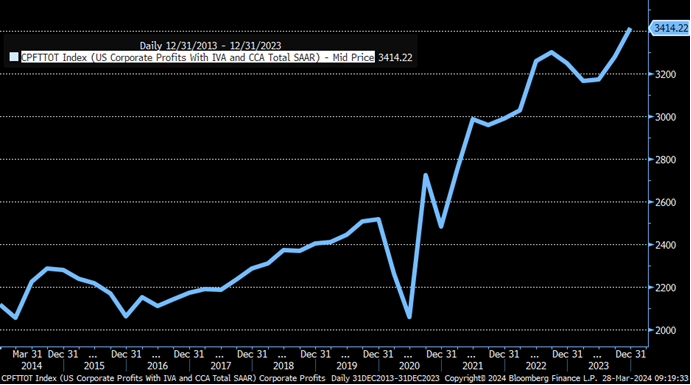
Businesses continue to make more and more money because consumers keep spending like crazy.
Look at the spike in retail spending since the pandemic:
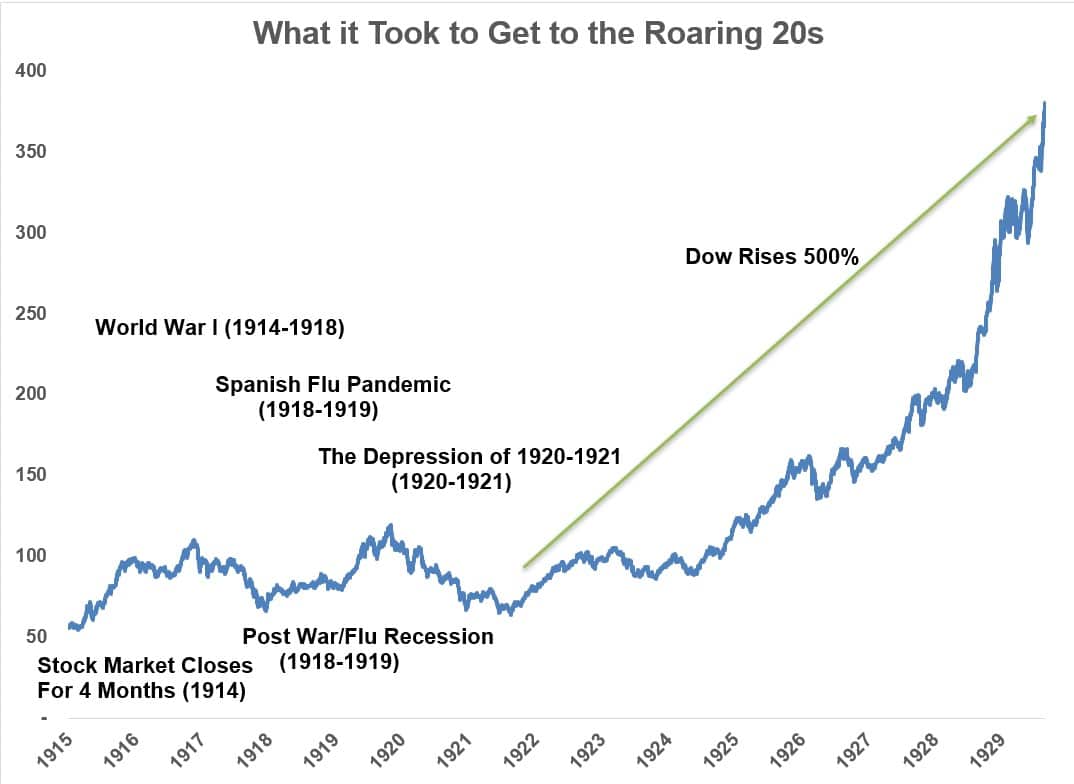
And before you say inflation is to blame, Take a look at the inflation-adjusted spending across the country:
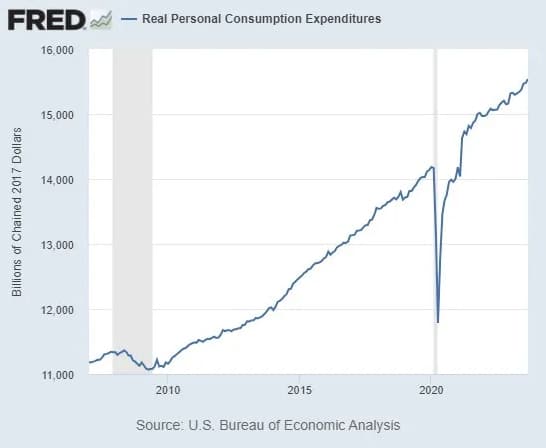
Here’s another graph that illustrates how our spending habits have changed. Americans are now spending more money at restaurants than on groceries, and the gap has been widening:

Even after accounting for inflation, Americans are spending way more on food these days.
But increased spending isn’t all just eating out either, people are traveling like never before. U.S. airlines are projected to carry a record 167 million passengers in March and April, up over 6% from 2023:
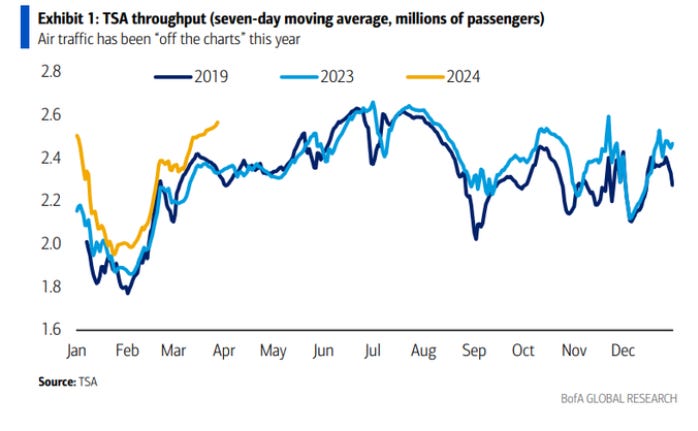
Yes, we love to complain about higher prices and how expensive everything is, but that hasn’t stopped us from continuing to spend and spend.
You would think that with our appetite to spend and higher prices that credit card debt would also be on the upswing, but that hasn’t been the case.
According to the Federal Reserve, 45% of American households have credit card debt. While that number may be alarming to you, it’s stayed relatively stable over the past 25 years.
Surprisingly, the median household balance has actually been falling:
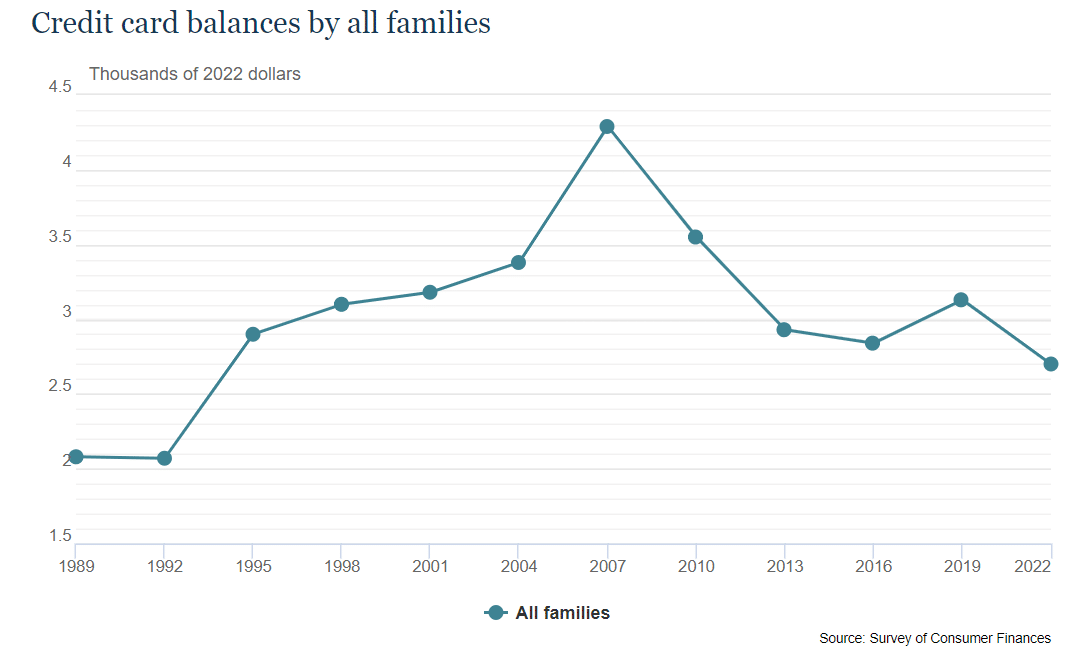
On top of that, bankruptcies are at the lowest point today than they’ve been this century.

Now, if there is one group of people who have reason to complain, it’s probably the first-time homebuyers. There has been a real estate boom since the pandemic, and it’s showing no signs of slowing down.
The median down payment for a house was $55,640 in February. That’s up 24.1% from a year earlier.
Additionally, over one-third of all home purchases were made with all cash in February, just shy of the all-time record of 38% in early 2013.
Ben Carlson created this awesome graph showing U.S. housing price returns over the past 20 years:
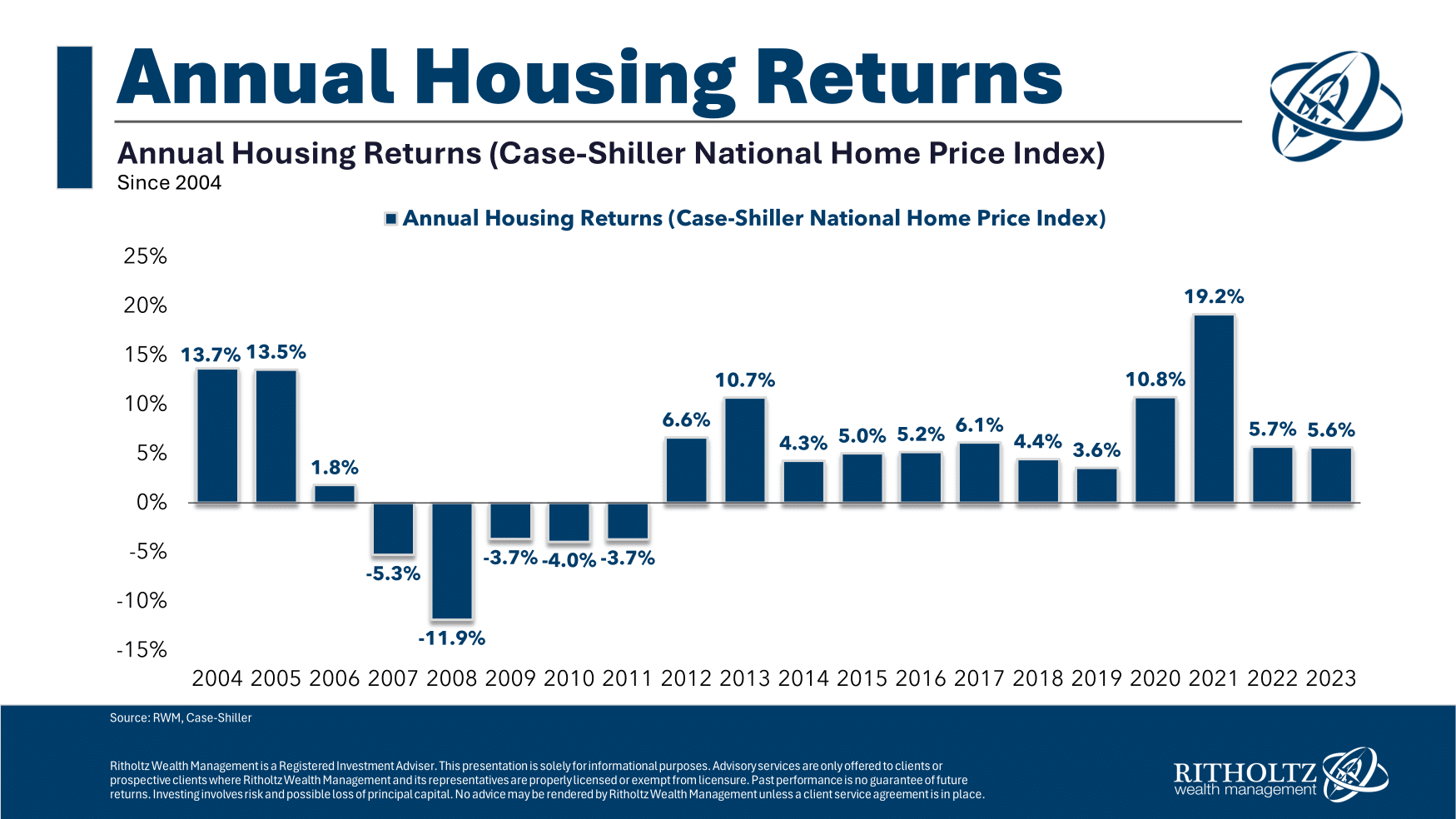
If you bought a house in the 2010s, you hit the jackpot. Not only did house prices see a historic rise, but interest rates fell during that decade as well. That’s a great combination if you already own a home, but not so great if you don’t.
Even with a really strong labor market, low unemployment, and good stock market returns, people looking to buy a house right now are in a tough position. The cost of buying a home is as high as it’s ever been.
Overall, I think the economy is in a pretty good place right now. Of course, things can be better, but there will likely never be a time of perfect economic conditions. Let’s try and enjoy this moment while we can.
Thanks for reading!
This article was originally featured on “Money Talks” Substack.

Jake Elm, CFP® is a financial advisor at Dentist Advisors. Jake a graduate of Utah Valley University’s nationally ranked Personal Financial Planning program. As a financial advisor at Dentist Advisors, he provides dentists with fiduciary guidance related to investments, debt, savings, taxes, and insurance. Learn more about Jake.

